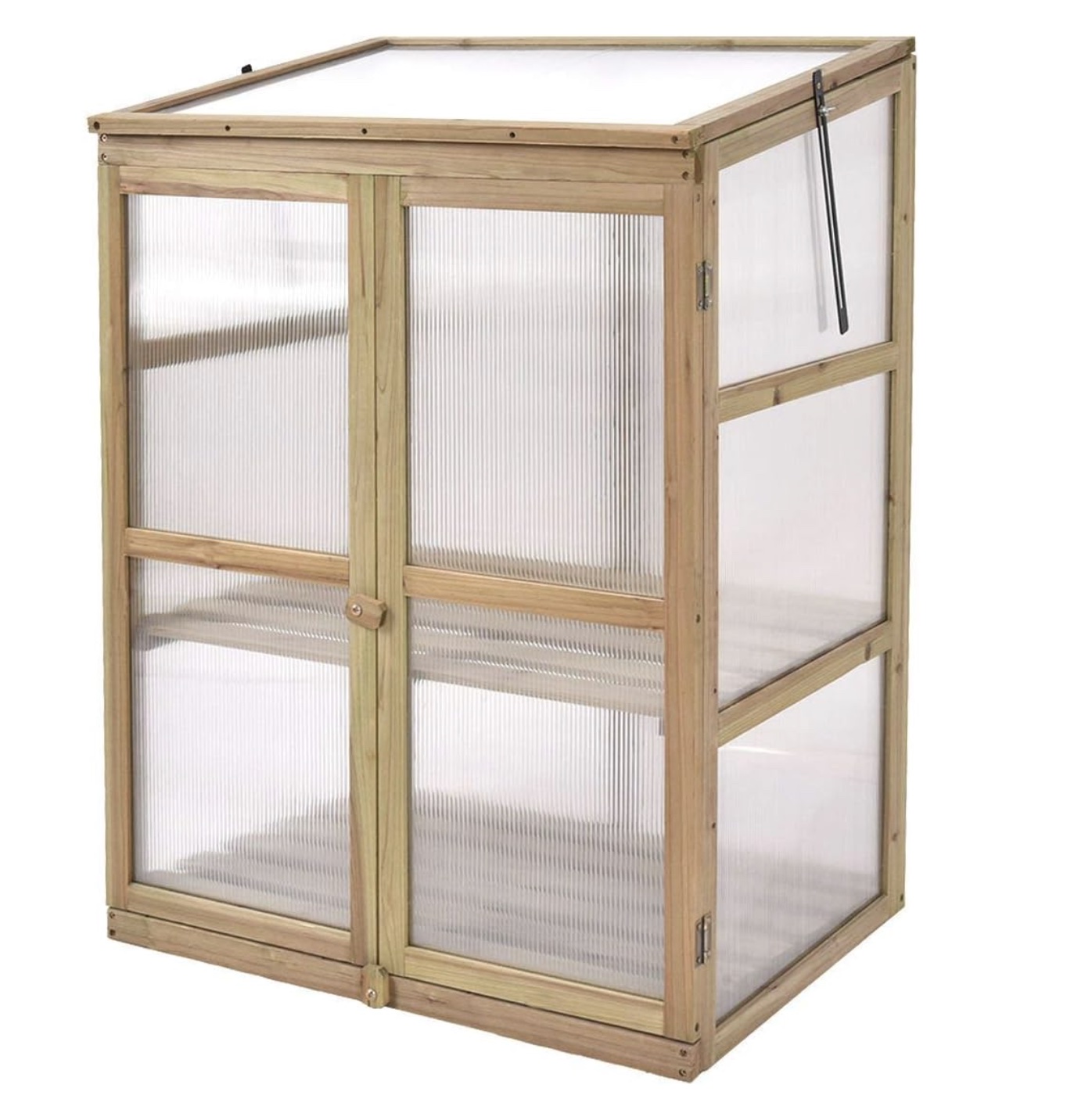Muscari Seed Planting: Grow Grape Hyacinth Seeds for Spring Displays that Cost Less
Dreaming of a spring garden bursting with grape hyacinths? Muscari seeds offer a thrifty way to grow those cheery blooms. Here’s how to grow grape hyacinth seeds
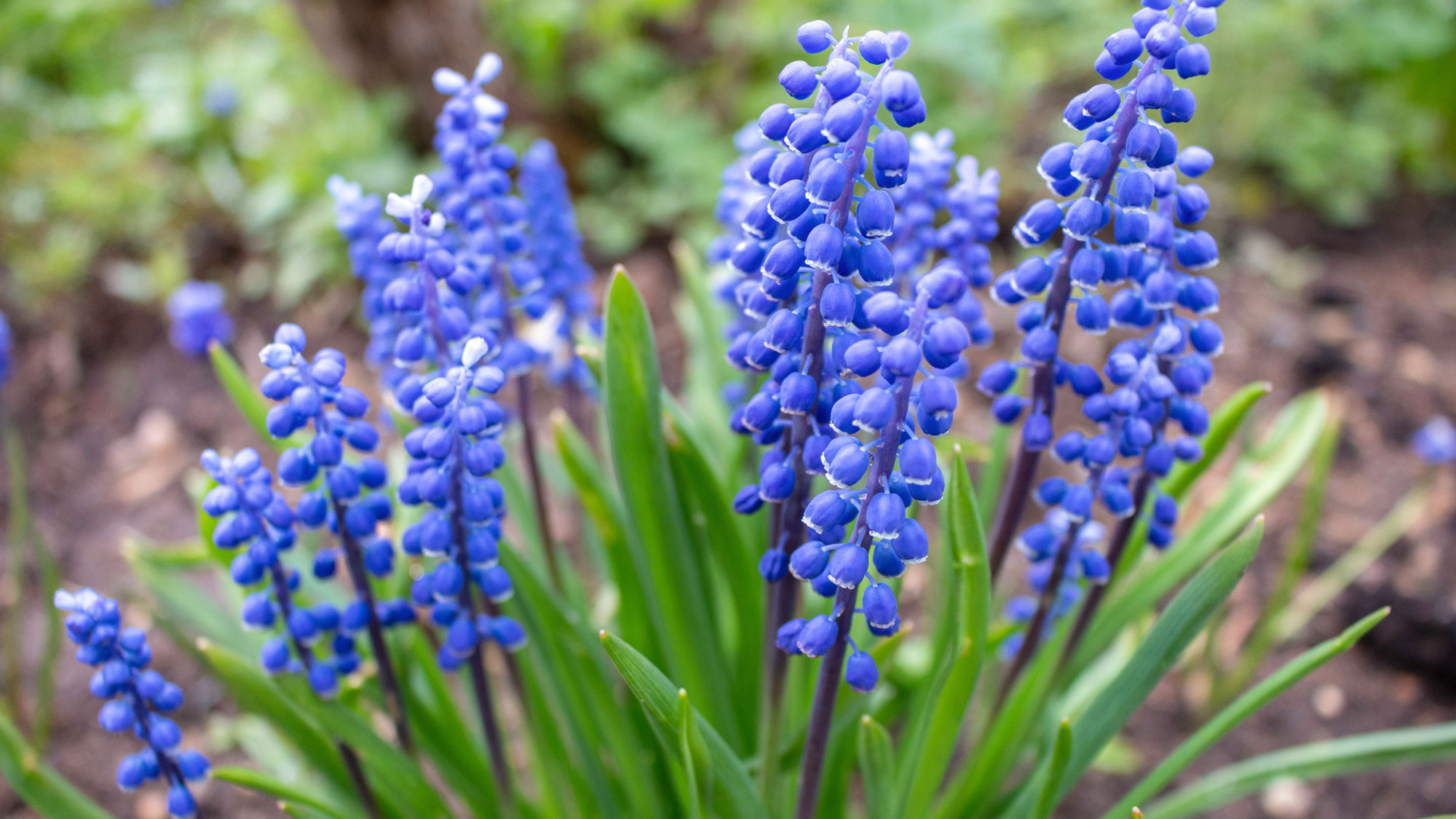
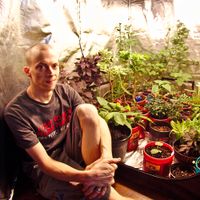
Grape hyacinth seeds are a cheap way to fill a yard with those little bell flowers that pop up in spring with purple, blue or even white spikes. Bulbs bloom quickly, but they can hit the wallet hard. Seeds can take a little more time, but the upside is that they save you money and deliver a custom muscari carpet that feels like a quiet brag. These beauties are perfect for gardeners who dig the slow magic of growing from scratch and saving a little moolah on the side.
These scrappy yet charismatic plants thrive in USDA zones 4-8, where the cold winters give them the boost they need to kickstart into life and flourish. Figuring out their preferences is all you need to learn for perfect grape hyacinth care. It’s not something you can rush, admittedly, but the results are worth savoring in the long haul from seed to bloom. Find out how to plant muscari seeds and create thrifty spring displays with real character.
Why Grow Grape Hyacinth From Seed?
Muscari seeds are a gardener’s steal. Spring bulb gardens can cost a fortune, but the seeds – nabbed from spent blooms – are basically free. Grape hyacinths are lovely for blanketing borders, patching bare spots, clustering in containers, or swapping with friends who love spring color bursts. Seeds taken from the grape hyacinth seed pod let you run the show. You just have to pick the best to dodge disease and any issues that fall-planted bulbs sometimes bring in.
A clever trick is to mix your grape hyacinths with crocuses or early tulips for a spring display that lasts for weeks, blending naturally and vibrantly like old pals. So what’s the catch, you may be wondering? Well, growing grape hyacinth from seed is not a fast process. Muscari flowers take 2-3 years to burst through, so you need a fair bit of patience. In the interim, the delicate strappy foliage can still provide coverage for exposed soil areas and support moisture retention and weed suppression. In time, you will have a carpet of gorgeous tiny purple-blue or white floral clusters.
When to Plant Muscari Seeds
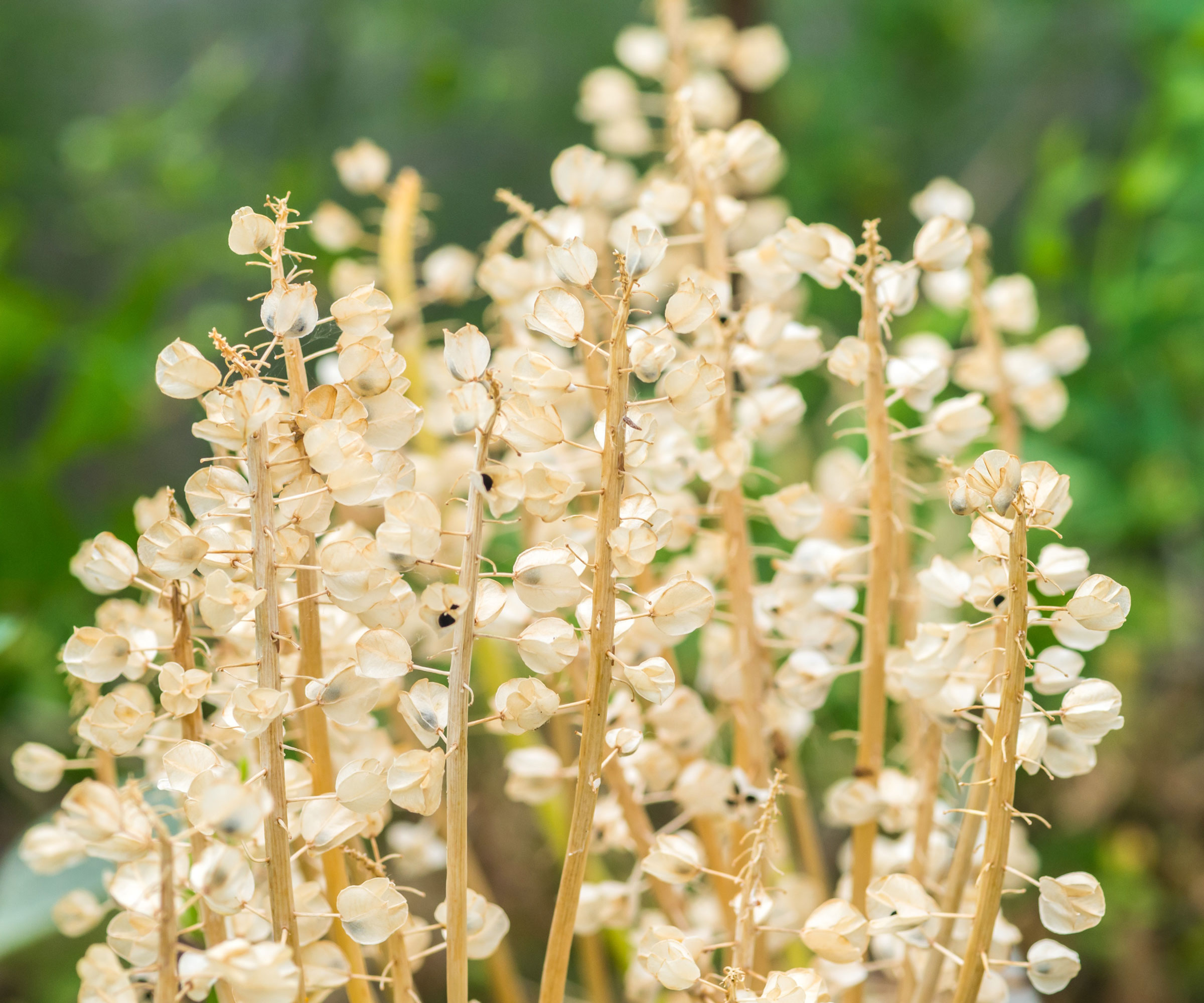
There are two ways to plant grape hyacinth seeds. You can start them indoors, or plant them outside in a cold frame. If you are starting plants outside and using nature to provide the required chilling period, fall is when to plant muscari seeds. Timing is crucial when growing grape hyacinth from seed. September to November is the best bet, when the soil is cool and ready for a winter rest. Aim for soil around 50-60°F (10-16°C), where these bulbs settle in cozy. Check frost forecasts in September. Sprinkle seeds a few weeks before the first cold snap to let them nestle in. Spring is fine if you’re stuck, but it delays blooms for a year, so fall is better
If you are planting indoors, you just need to stick the seeds in the refrigerator for approximately 3 months to mimic what they would get outdoors. Tuck seeds in a damp paper towel before you stash them in the fridge. This fake winter nap wakes up stubborn seeds for better sprouting. It’s important to give them this chilling period before you can sow them. After that three months, you can start them.
Planting Muscari Seeds Indoors
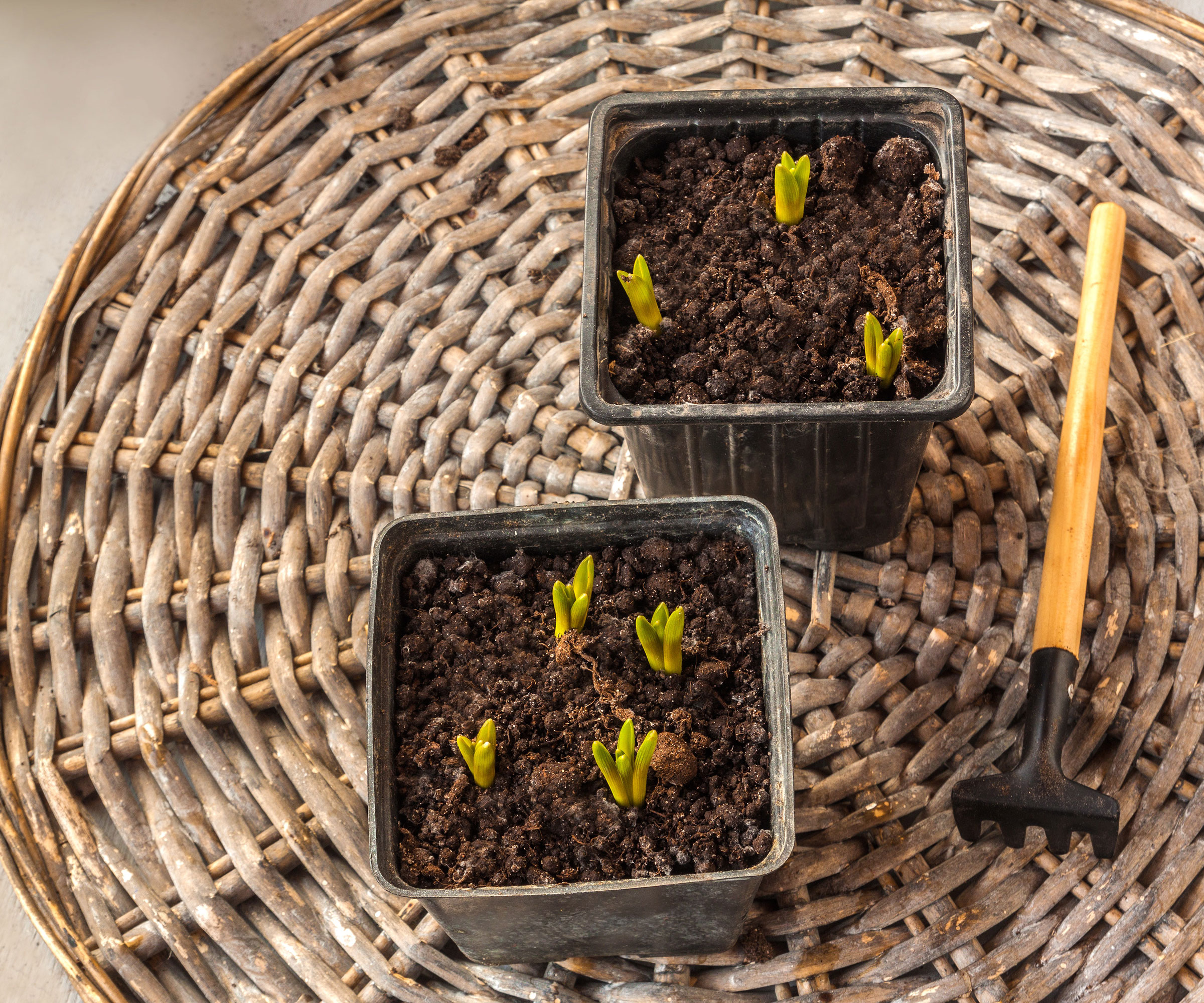
For indoor seed starting, grab a seed tray or pots with holes in the bottom. My go-to are these Gardzen 5-Set Seed Starter Tray Kits with Domes from Amazon. They have a nice lid to keep up the humidity. A loose, gritty potting mix is perfect for indoor starts. Mix potting soil with a scoop of gritty sand (three parts to one) for the loose, crumbly dirt these seeds love. Toss seeds a quarter-inch (0.6 cm) deep, an inch apart, so they won’t compete over space. Dust with a thin layer of soil.
Sign up for the Gardening Know How newsletter today and receive a free copy of our e-book "How to Grow Delicious Tomatoes".
Dribble a little bit of water from a watering can to moisten, but not flood the seeds. Then tuck them in a chilly, bright corner, like a shed window, and leave at 50-60°F (10-16°C). Keep soil damp, like a wrung-out rag instead of a puddle, or the seeds will rot quickly. You can add in a little finely crushed eggshells to boost calcium.
Keep the tray or flat covered with a clear lid until you see sprouts. This will happen in 6-8 weeks. Remove the cover and keep plants lightly moist in a brightly lit area.
Planting Grape Hyacinth Seeds Outdoors
If you are planting out in cold frames, use well-draining soil in small pots or flats. Sow following the above instructions, then place the pots or trays in the cold frame. Remember to open the lid of cold frames in spring and let the little plants acclimate to outside conditions. You can continue to grow them in the cold frame, or transplant them carefully the following spring.
If you want to grow muscari from seed with outdoor beds, rake a sunny or half-shady spot loose, 6 inches (15cm) deep. A great option is the Garden Guru Stainless Steel Hand Rake Tiller With Ergonomic Handle from Amazon, which loosens soil and prepares it for your muscari. Flick seeds a quarter-inch down. You also need the soil pH to be 6-7 to keep roots from being unhappy. If you are unsure, you can test the soil using a soil meter like the Raintrip 4-in-1 Soil Meter from Amazon.
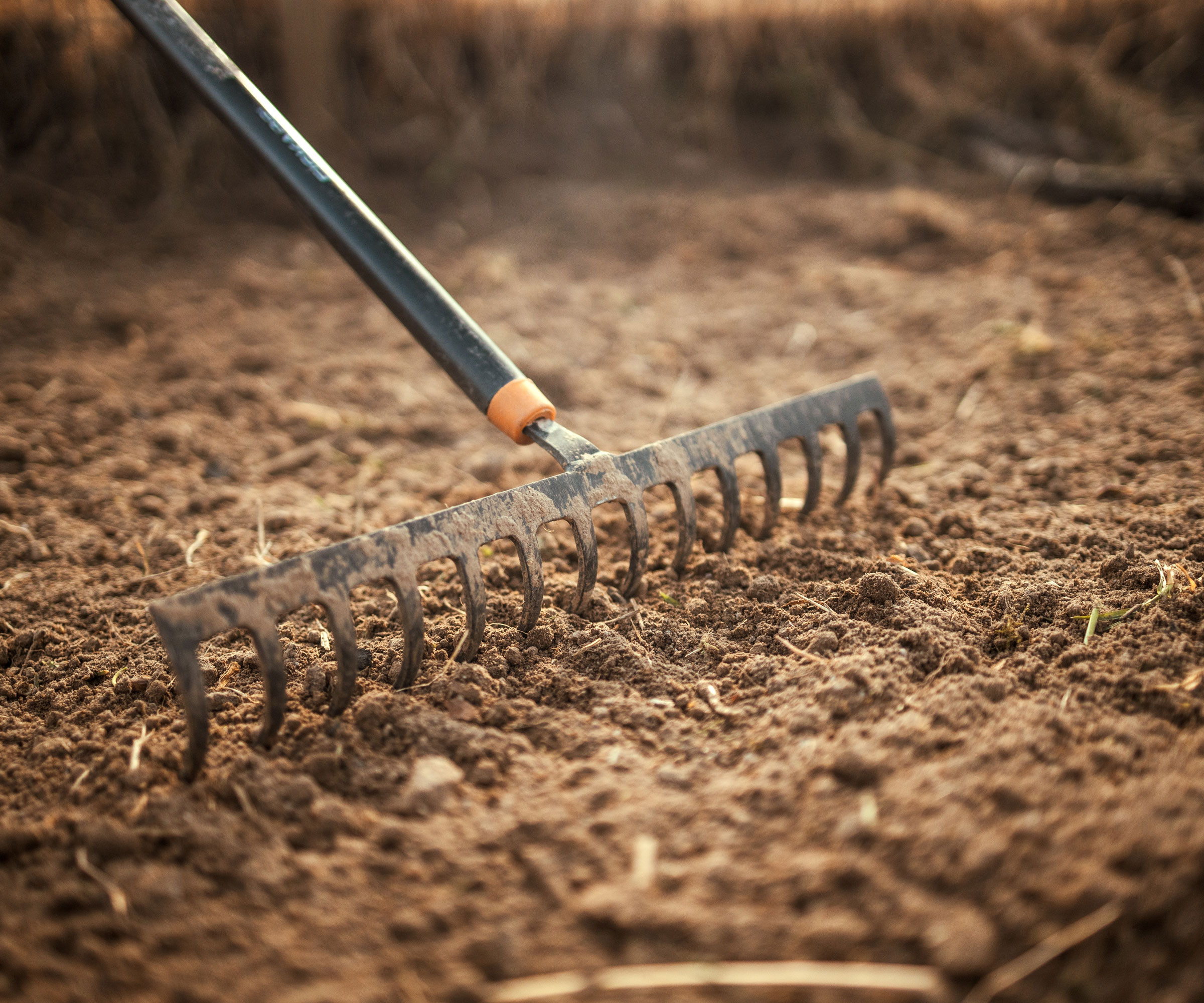
Mark the planting site with pebbles to help keep tabs on things. Depending on your taste, this can be discreet or something fancy. You can get cobalt blue tumble stones like Fire Glass Luster Beads from Amazon which resemble the color of purple-blue grape hyacinth flowers. Spread a wispy layer of chopped leaves for mulch to shield from winter. You can even toss in used tea leaves for a root boost. Water lightly, then let the fall rains do their thing – or keep lightly moist.
Caring for Your Muscari Seedlings
Spring brings seedlings like tiny grass blades. Set them in bright, indirect light and water when the soil’s top feels dry. If they’re packed tight, thin to 2 inches (5cm) apart for room to breathe. A fine-spout watering can keep them from washing out.
Sprinkle a pinch of bone meal fertilizer on the dirt. This gives the roots a phosphorus kick that muscari seedlings crave. You can buy Burpee Organic Bone Meal Fertilizer from Amazon. Slugs love the young plants, so be sure and scatter some Harris Diatomaceous Earth 4lb from Amazon, or apply a slug deterrent such as a slug pub to block these slimy pests.
Transplanting Grape Hyacinth Seeds
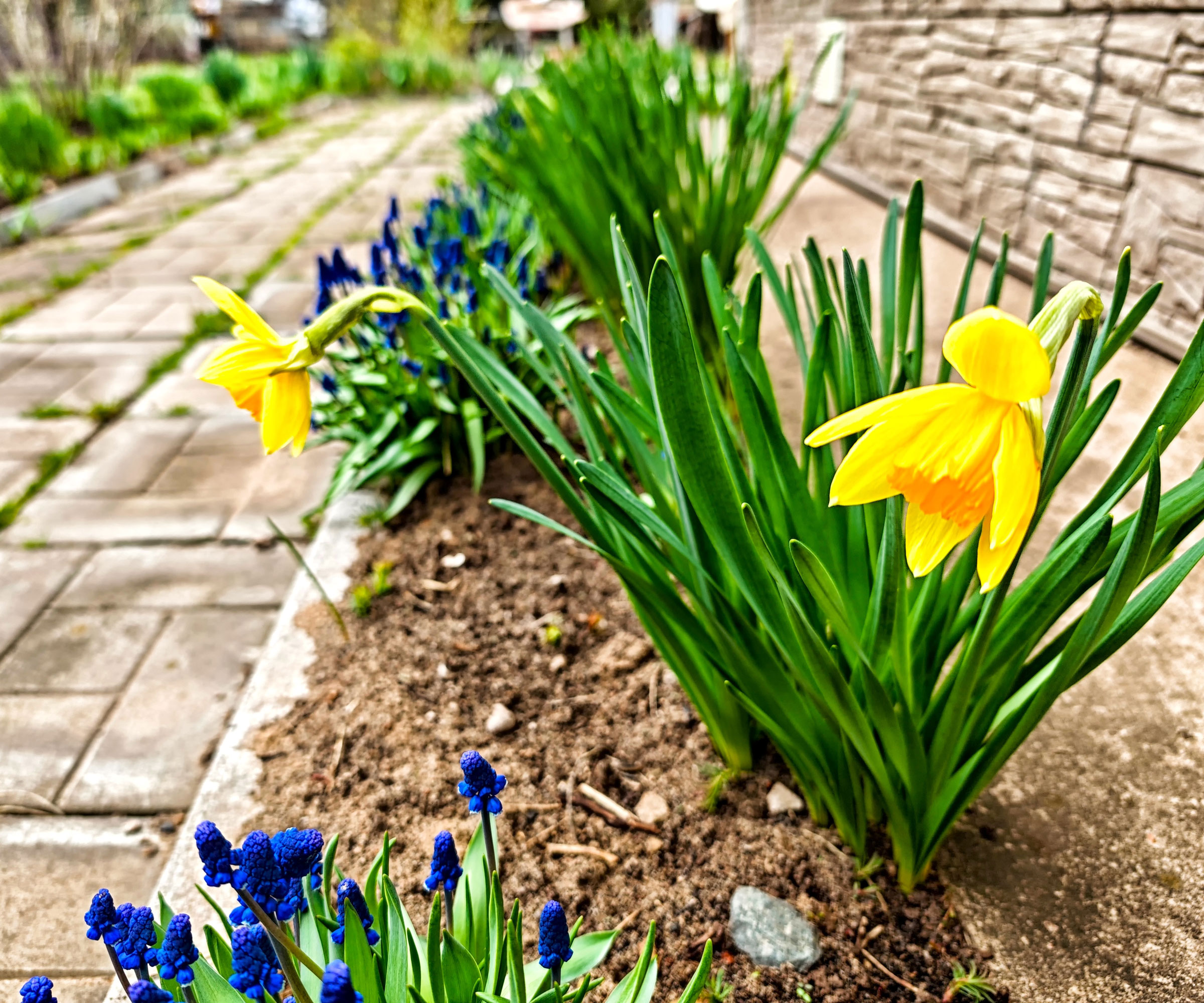
During the second spring, seedlings will be sturdy enough for their final spot. Dig holes 2-3 inches (5-7.6 cm) deep in a sunny or partial shade bed. Use a trowel or dibber to prepare the planting holes. You can get Stainless Steel Long Handled Trowels with Wooden Handles from Burpee.
Make sure this is loose, well-draining soil. Space them 3-4 inches (8-10 cm) apart for that thicker, carpet-style arrangement. Water well after tucking them in. Try planting them near daffodils for a spring color pop – their taller blooms don’t crowd. Check drainage, because soggy soil kills these bulbs faster than a deep freeze.
Harvesting Grape Hyacinth Seeds
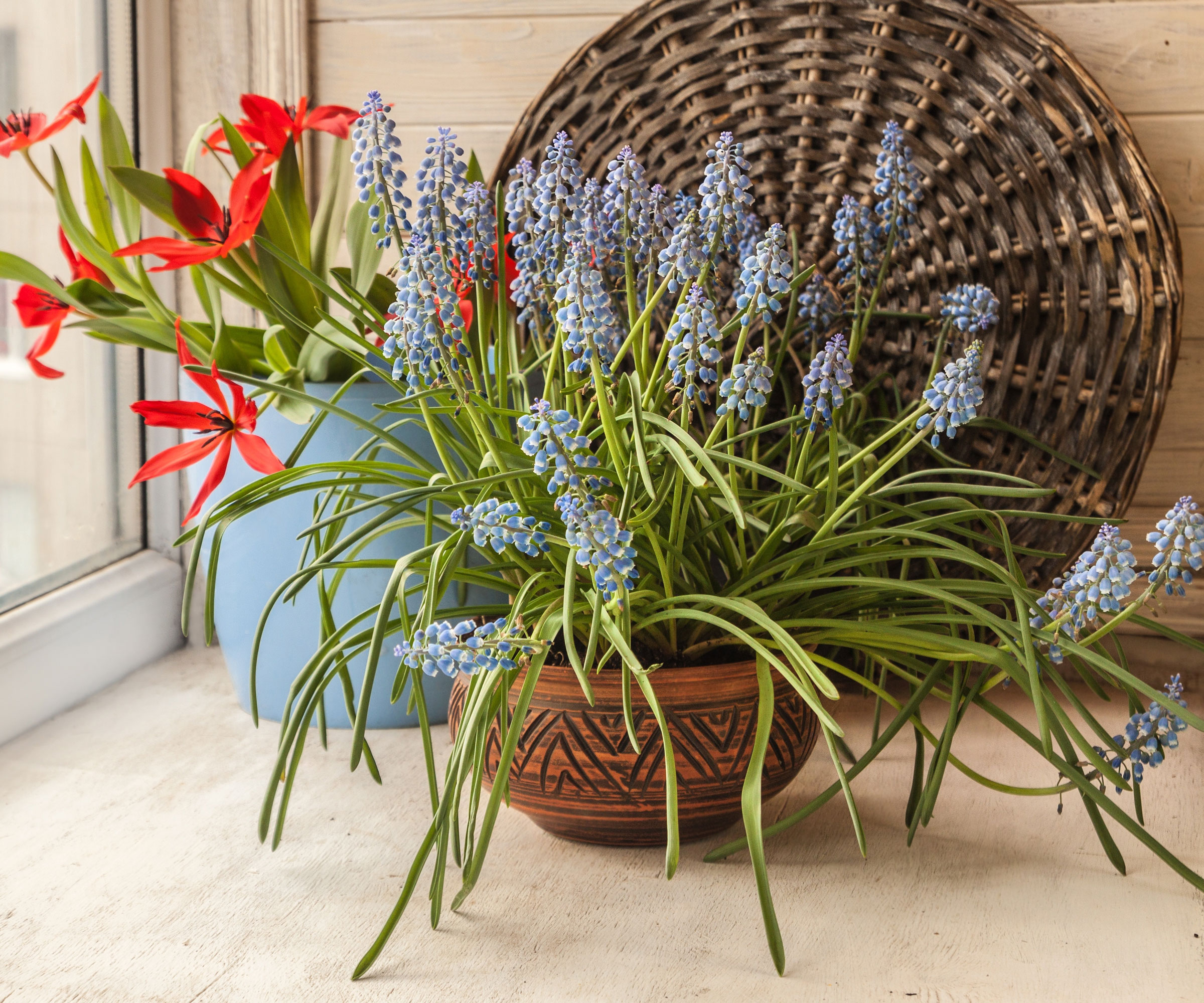
All you really need for muscari seed planting is a spent crop of the plants in your landscape or your neighbor's lot. To get grape hyacinth seeds, wait for late spring when the blooms fade into pods. Snip them when they are brown, but not split, around May or June. Dry them in a paper bag for a week, then shake out the tiny black seeds. There are usually three seeds produced by each flower.
Store seeds in a cloth sack, not plastic, to avoid mold. Buy Leafico Organic Cotton Bags from Amazon. Keep your seeds cool and dry until fall. This keeps the seed cycle spinning for more free plants.
Would you like more ideas for timely gardening jobs and seasonal expert advice delivered straight to your inbox? Sign up for the free Gardening Know How Newsletter!
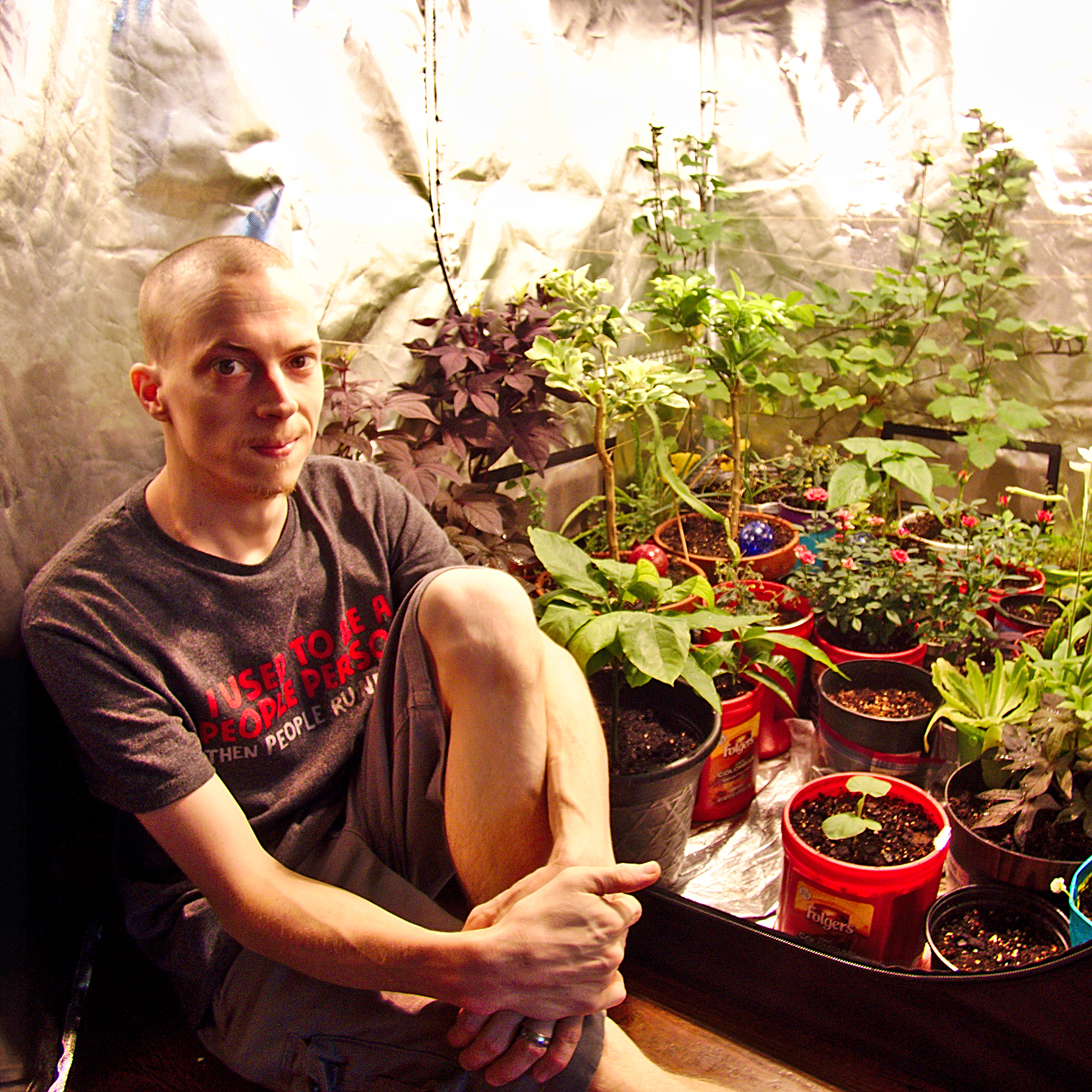
Tyler’s passion began with indoor gardening and deepened as he studied plant-fungi interactions in controlled settings. With a microbiology background focused on fungi, he’s spent over a decade solving tough and intricate gardening problems. After spinal injuries and brain surgery, Tyler’s approach to gardening changed. It became less about the hobby and more about recovery and adapting to physical limits. His growing success shows that disability doesn’t have to stop you from your goals.
- Amy GrantWriter
- Bonnie L. GrantWriter
